Despite all the praise and push toward electric cars, their environmental benefits aren’t as great as claimed. Electric vehicles have a hidden environmental impact. Here are 20 ways electric cars harm the environment.
20. Battery Production Emissions

Electric vehicles currently use lithium-ion batteries, the production of which is energy-intensive and generates significant emissions. Mining and processing require enormous amounts of energy, often sourced from fossil fuels. Producing a lithium-ion battery for an electric car can emit up to 17.5 tons of CO2, depending on the battery size, according to a study by the Swedish Environmental Research Institute.
19. Electricity Generation Emissions
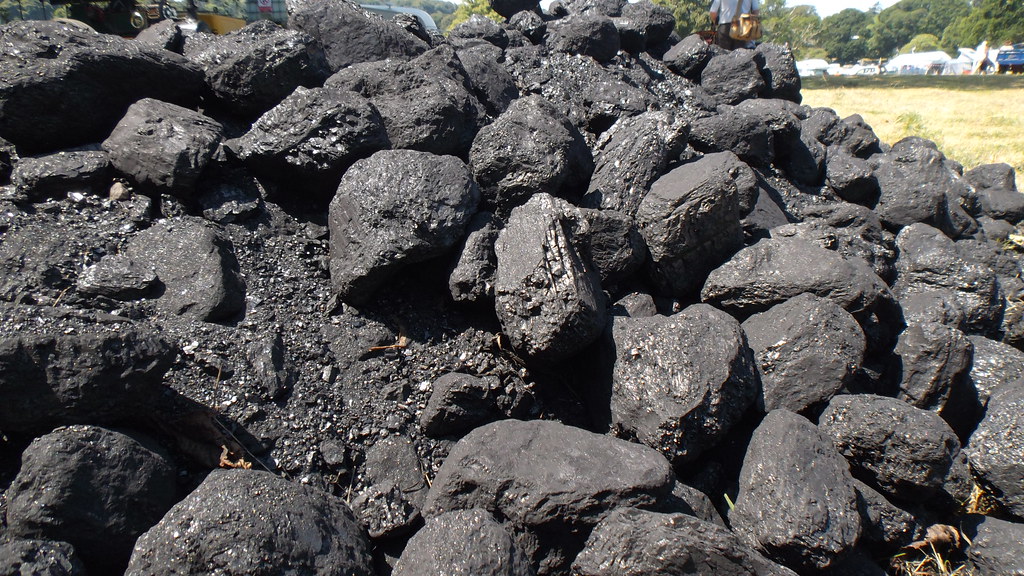
The irony of switching to electric cars is that most electricity is generated from fossil fuels such as coal and natural gas. More electricity = more fossil fuel use. In 2020, 61.3% of global electricity was generated from fossil fuels, according to the International Energy Agency. Therefore, electric cars will contribute to air pollution through the increased generation of electricity.
18. Rare Earth Element Extraction
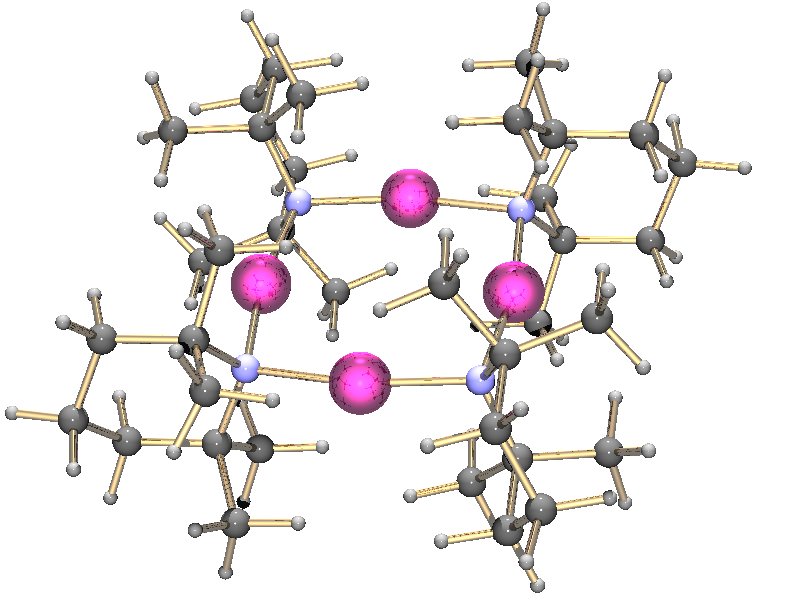
The motors and batteries of electric cars use rare earth elements. These include neodymium, dysprosium, and lithium. The extraction and processing of these elements can release toxic chemicals and particulate matter into the air. Lithium extraction involves large quantities of water and chemicals, which emit sulfur dioxide and other pollutants.
17. Manufacturing Emissions

The manufacturing process of electric vehicles, like that of other vehicles, generates emissions during production. Significant energy sourced from fossil fuels is required to produce the materials. However, due to the battery production, EV production is worse. Production emissions of an electric car can be 15-68% higher than conventional vehicles, according to a report by the Union of Concerned Scientists.
16. Tire and Brake Wear
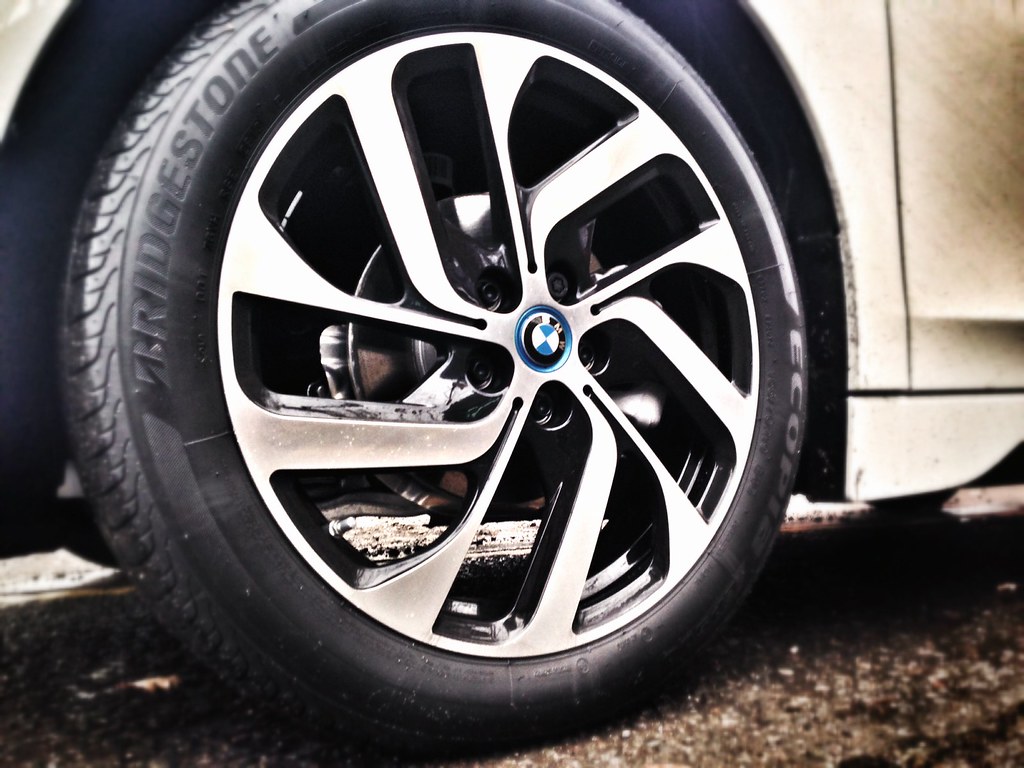
All types of vehicles, electric and gas, contribute to air pollution through tire and brake wear. As these wear down, they release particulate matter into the air. Non-exhaust emissions, including tire and brake wear, can account for up to 55% of total particulate emissions from vehicles, according to a study by the University of Birmingham.
15. Road Dust Resuspension

Resuspended dust is a non-exhaust emission of particulate matter, which can contain harmful particulates like heavy metals. These can be a major contributor to air pollution. Electric cars, due to their frequent use of regenerative braking and weight, can contribute to road dust resuspension. This resuspended dust not only contributes to air pollution but can negatively impact respiratory health.
14. Battery Recycling Emissions
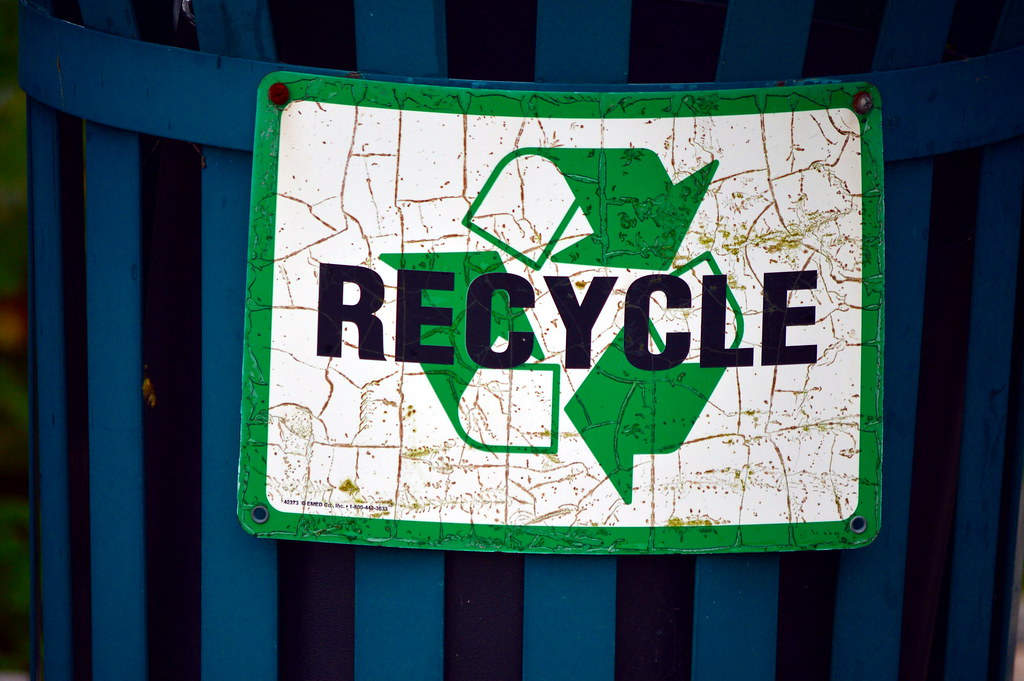
The recycling of lithium-ion batteries generates emissions and hazardous waste. While recycling is an essential part of mitigating resource depletion, it nonetheless involves energy-intensive processes that release CO2 and other pollutants into the environment. Further, the process can also emit toxic chemicals unless properly managed, which further contributes to air pollution.
13. Energy Loss During Transmission
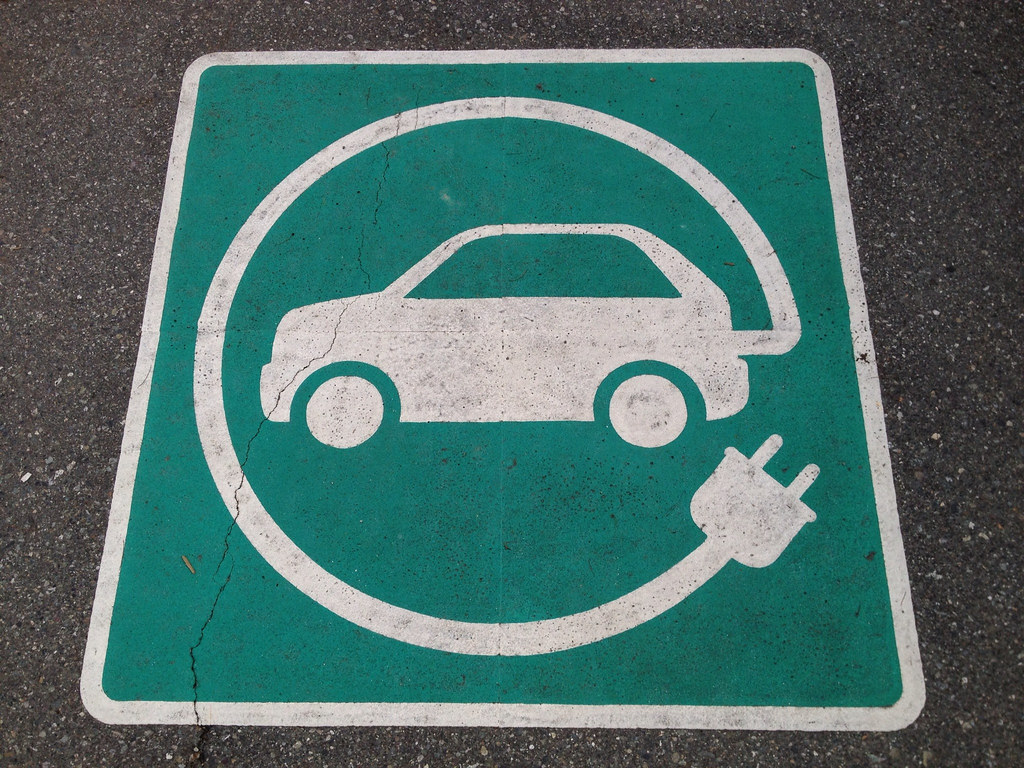
Transmitting electricity from power plants to electric vehicle charging stations isn’t 100% efficient. During transmission, around 5-10% of energy is lost. That inefficiency means that 5-10% more electricity must be generated to compensate for that loss. This leads to 5-10 percent more emissions from power plants, an indirect contribution to air pollution that is often overlooked.
12. Construction of Charging Infrastructure
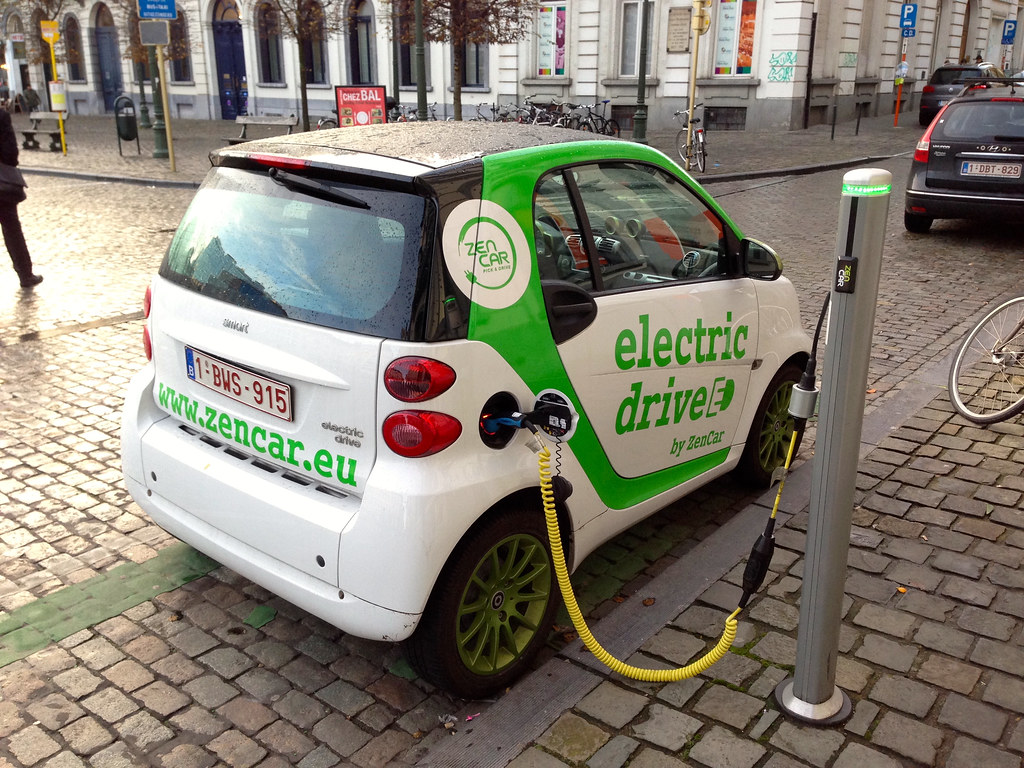
Currently, the infrastructure required to charge tens of millions of electric vehicles across the country does not exist. Building this infrastructure, as well as the production and transportation of materials, will contribute to air pollution. Additionally, construction activities release particulate matter, including volatile organic compounds (VOCs) and nitrogen oxides (NOx), according to the Environmental Protection Agency (EPA).
11. Lifecycle Emissions

Emissions occur throughout the entire lifecycle of an electric car, from production to disposal. While electric vehicles have lower lifetime emissions compared to conventional vehicles, they still contribute to air pollution during their lifecycle, according to a comprehensive analysis by the International Council on Clean Transportation (ICCT). This includes manufacturing, operation, and end-of-life disposal.
10. Mining Operations for Battery Materials
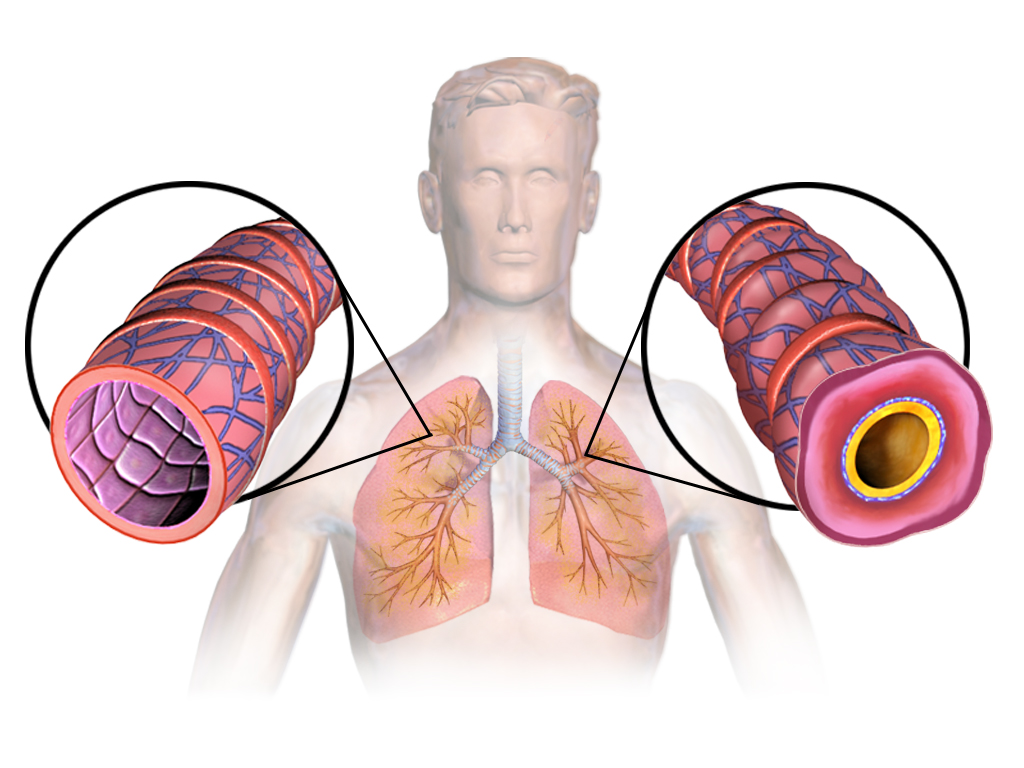
Significant amounts of dust and pollutants are released into the air from mining operations to extract the crucial components needed for electric vehicles, including lithium, cobalt, and nickel. The release of sulfur dioxide and particulate matter, which can cause respiratory problems and environmental degradation, has been linked to cobalt mining in the Democratic Republic of Congo.
9. Power Plant Emissions
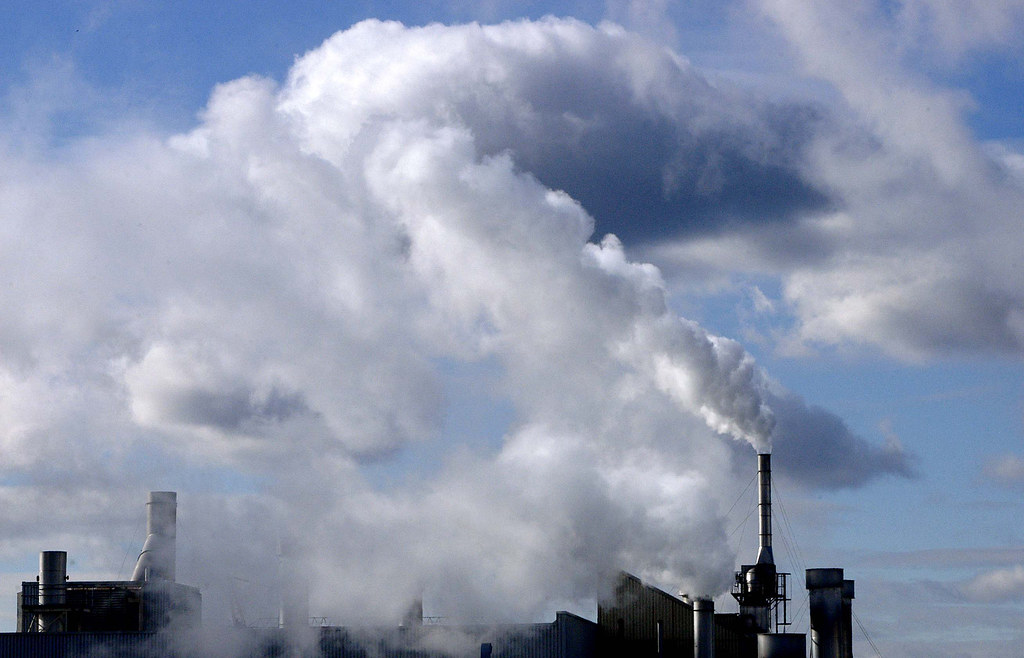
In 2020, roughly 62% of the electricity generated in the United States came from fossil fuel-based power plants, according to the U.S. Energy Information Administration (EIA). Electric vehicles depend on electricity that’s mostly generated by power plants burning fossil fuels that contribute to air pollution. These plants emit large amounts of CO2, NOx, and sulfur dioxide (SO2).
8. Use of Lubricants and Fluids
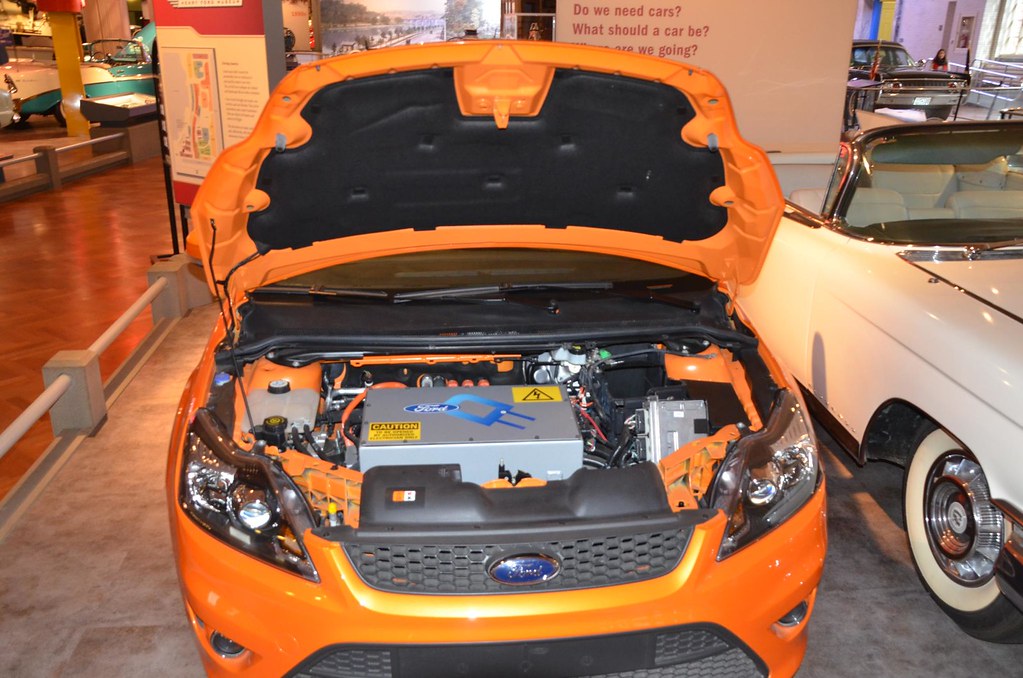
Like traditional fuel-based vehicles, electric vehicles also require lubricants and coolants to operate. The production and disposal of these fluids can contribute to environmental pollution. In general, electric vehicles require fewer fluids than traditional vehicles. Nonetheless, the chemicals contained in lubricants and coolants still pose risks to air quality if not properly managed.
7. High Energy Consumption in Cold Climates

Cold climates are challenging for electric vehicles in several ways. Some EVs have trouble starting in very cold weather. EVs can lose 10–36% of their range in cold temperatures. Using a heater in an EV can reduce range by 40%, according to AAA. They charge slower in cold weather. This requires more charging and indirectly contributes to air pollution.
6. Depletion of Natural Resources

The production of electric vehicles has put significant pressure on natural resources. In producing EV batteries, the demand for lithium, cobalt, and nickel can lead to habitat destruction and loss of biodiversity. Mining in South America’s “lithium triangle” has led to the depletion of water resources, which has affected local ecosystems while releasing dust and other particulates into the air.
5. Transportation of Raw Materials

Big machinery is required to extract and transport raw materials, such as lithium, cobalt, and nickel, for electric vehicle battery production. This generates large amounts of emissions. These materials are often transported over long distances using fossil fuel-burning trucks, ships, and trains. This large machinery releases CO2, NOx, and particulate matter into the air.
4. Emissions from Battery Disposal
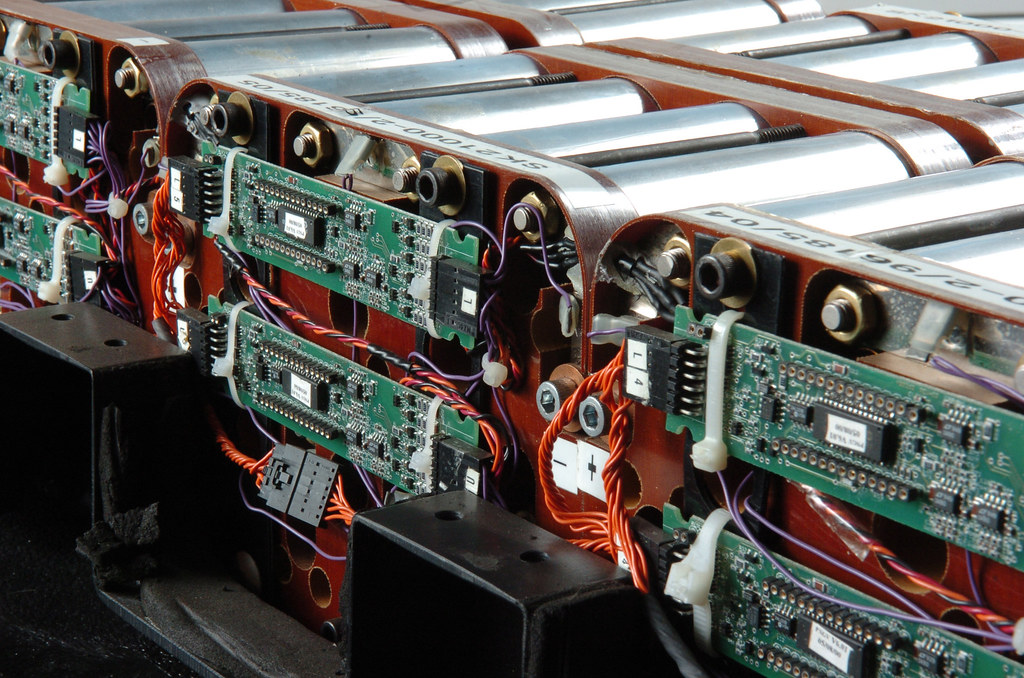
While lithium-ion batteries are rechargeable, they gradually degrade. Most modern lithium-ion batteries used for EVs have an expected lifecycle of 10-20 years. Improper disposal of lithium-ion batteries can lead to the release of heavy metals and toxic chemicals into the environment. These harmful substances can leach into the air and soil, contributing to air pollution and environmental contamination.
3. Secondary Pollution from Electric Car Components
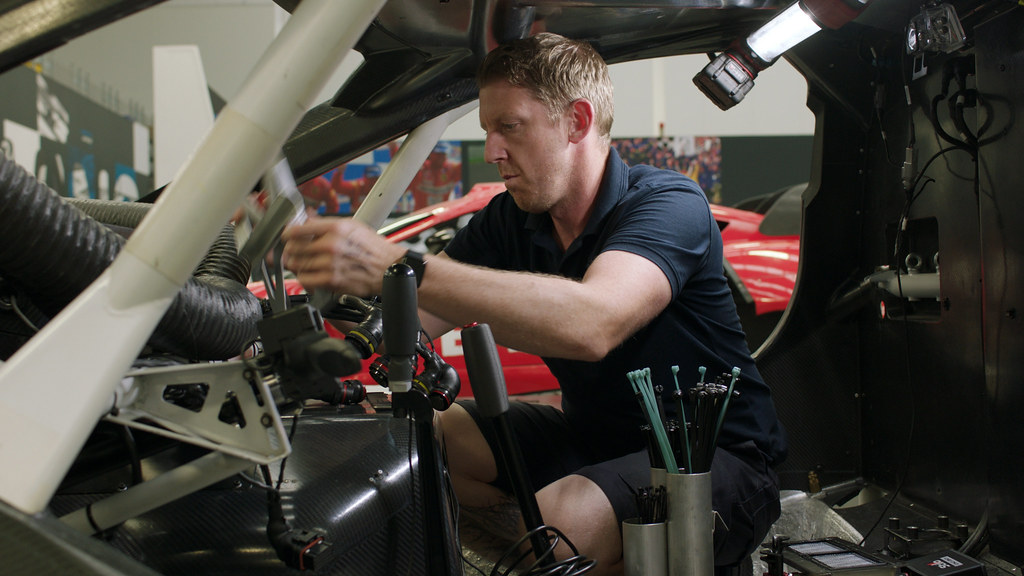
Batteries aren’t the only EV part that poses an environmental risk. The production of various components, such as electronics, cooling systems, and wiring, also generates emissions. Many of these components require energy-intensive manufacturing processes, as well as the use of chemicals that can release pollutants into the air and environment.
Read More: 15 Best Electric Cars to Buy in 2024
2. Environmental Impact of Renewable Energy Sources
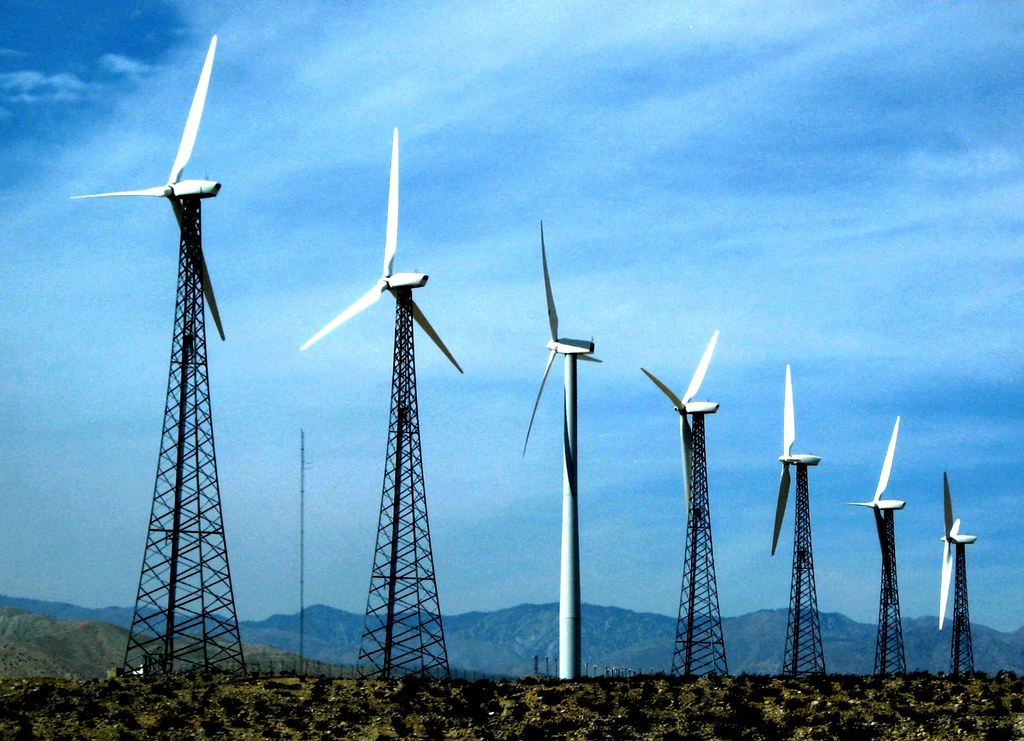
Renewable energy sources are cleaner than fossil fuels, but their production and installation still contribute to air pollution. Manufacturing solar panels and wind turbines involves energy-intensive processes. These can emit CO2 and other pollutants into the environment. To minimize environmental impact, the transition from fossil fuel-based power plants to renewable energy to power electric vehicles must be carefully managed.
Read More: This Is Why People Still Avoid Electric Cars
1. Increased Electricity Demand
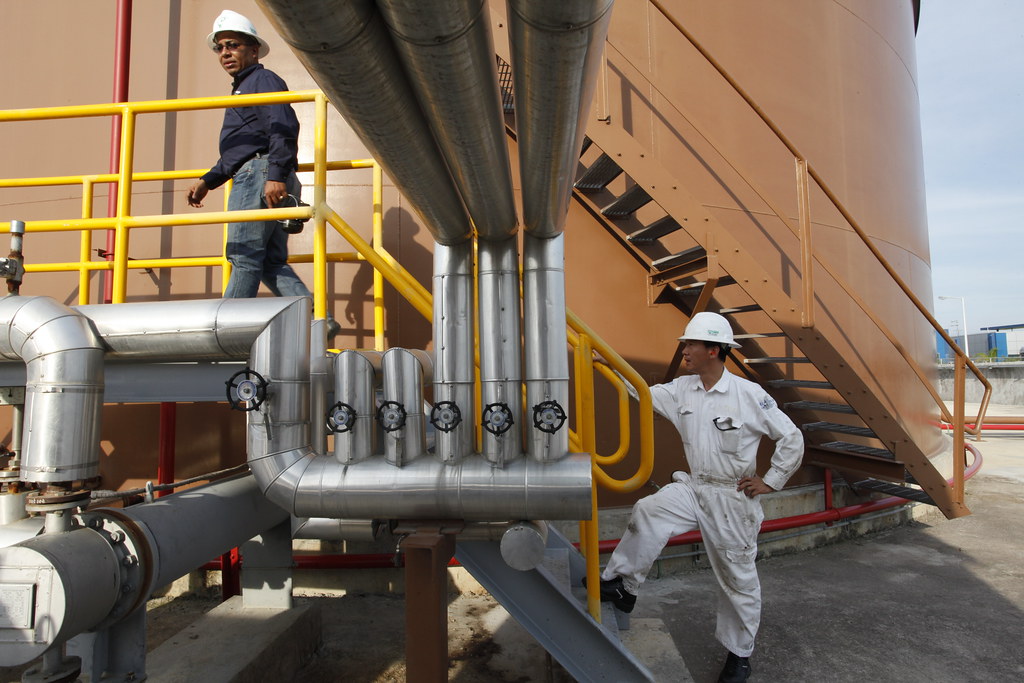
Many power grids across the country barely keep up with demand now. Adding the charging of millions of vehicles will overwhelm the grids. California has 31.3 million registered vehicles. To meet increased electricity demand, fossil fuel-based power plants will add increased emissions of CO2, NOx, and SO2, contributing to air pollution. This will potentially negate any gains from electric vehicles.
Read More: 10 Reasons Everyone Will be Driving EVs Soon








